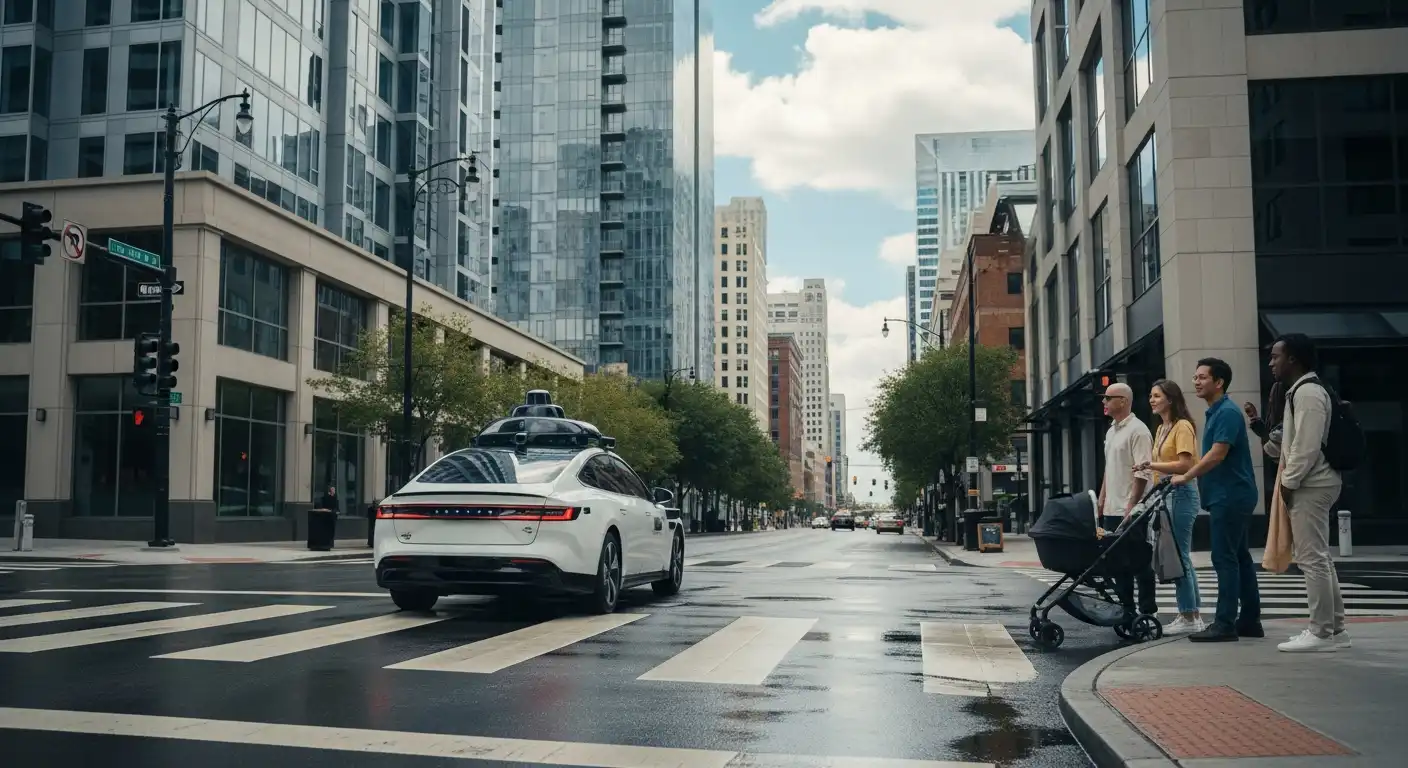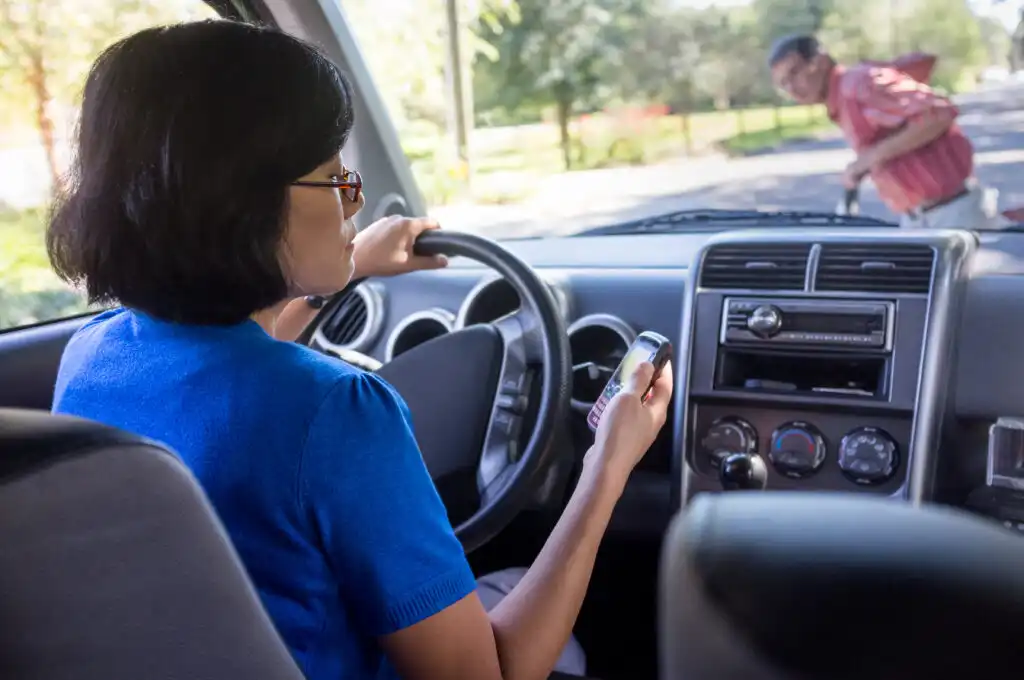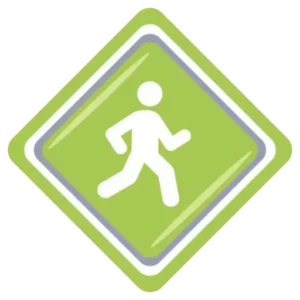Introduction
The rise of autonomous vehicles (AVs) promises to revolutionize the way we travel, offering potential benefits in safety, efficiency, and convenience. However, the integration of AVs into our roadways brings with it significant legal challenges, especially when it comes to pedestrian accidents. Unlike traditional vehicle accidents, liability in pedestrian accidents involving AVs is far from clear-cut. The complexities of determining who is at fault – whether it’s the vehicle manufacturer, the software developer, or even the pedestrian – present a maze of legal hurdles that must be navigated as autonomous technology becomes increasingly prevalent.
In this article, we will explore the various legal challenges that arise in autonomous vehicle pedestrian accidents, including the complexities of liability, insurance, regulation, and emerging legal precedents.
Understanding Liability in Autonomous Vehicle Pedestrian Accidents
One of the most challenging aspects of AV pedestrian accidents is determining who is legally responsible when a pedestrian is injured or killed. In traditional vehicle accidents, the driver is usually at fault, provided they were not in compliance with traffic laws. However, autonomous vehicles operate differently from human-driven vehicles, and their advanced technology complicates liability.
In an AV accident, several parties could potentially be held liable, depending on the specifics of the incident. These include:
1. Vehicle Manufacturers
Manufacturers of autonomous vehicles are responsible for the design, construction, and functionality of the vehicle. If a defect in the vehicle’s design or a failure in the vehicle’s sensor systems causes an accident, the manufacturer could be held liable. This is particularly relevant when an AV’s sensor system fails to detect a pedestrian or misjudges the environment, leading to an accident.
For example, if a pedestrian is struck because the vehicle’s camera system failed to recognize the individual in low light conditions, the manufacturer may be liable for the failure of the technology.
2. Software Developers
Autonomous vehicles rely heavily on advanced software to make decisions about driving, including detecting obstacles and making real-time decisions. In some cases, the software might fail to properly detect or respond to a pedestrian. If this occurs, the software developer who programmed the vehicle’s algorithms could be held responsible.
In cases where software errors, bugs, or flaws are identified as the root cause of an accident, software developers might face liability for their role in designing and maintaining the systems that failed.
3. Vehicle Owners
While the vehicle manufacturer or software developer may bear some responsibility for accidents, the owner of the AV could also be liable under certain circumstances. This may be the case if the owner failed to maintain the vehicle properly or neglected necessary updates to the vehicle’s software. For instance, if a software update was required to enhance the vehicle’s ability to recognize pedestrians but the owner failed to install the update, they might bear some responsibility in the event of an accident.
4. Pedestrians
In some cases, pedestrians themselves may be partially or fully at fault for the accident. This is particularly true if the pedestrian was jaywalking or violating traffic laws when the accident occurred. However, it is important to note that in many cases, AVs are designed to detect and respond to pedestrians regardless of whether they are following traffic laws. As such, determining the pedestrian’s level of fault is often a matter for the court to decide.
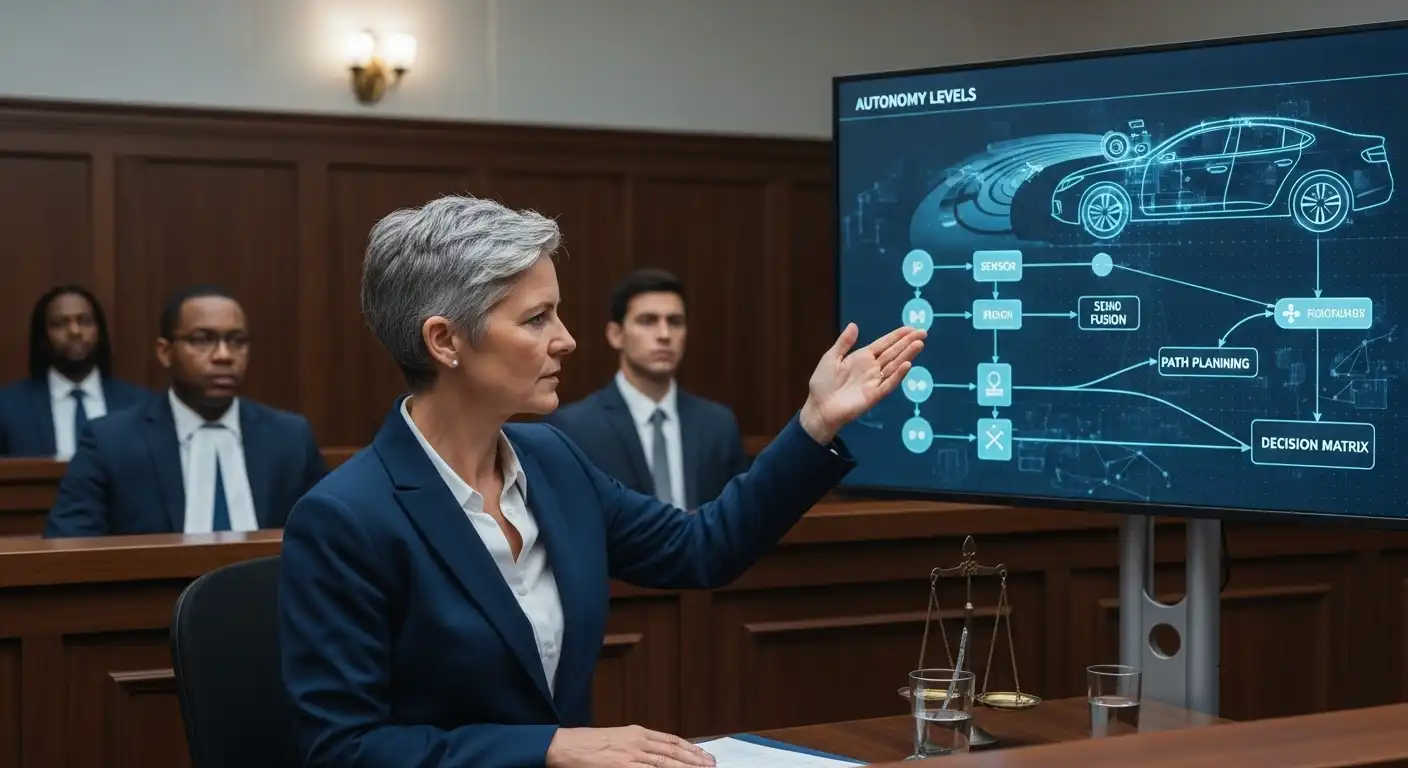
Case Studies Highlighting Legal Complexities
Several high-profile incidents have brought attention to the legal complexities of AV pedestrian accidents. These cases highlight the challenges of assigning liability and navigating the evolving regulatory landscape.
Uber’s Self-Driving Car Fatality (2018)
In 2018, an Uber self-driving car struck and killed a pedestrian in Tempe, Arizona. This was the first known fatality involving a fully autonomous vehicle. Investigations revealed that the car’s sensor system failed to identify the pedestrian in time to prevent the collision. The incident raised questions about whether Uber, the manufacturer of the vehicle, or the safety drivers operating the vehicle were at fault.
Following the fatality, Uber suspended its self-driving car program, and investigations led to the conclusion that the vehicle’s software was at fault for not reacting to the pedestrian in time. The case highlights the potential risks of relying solely on technology to make real-time driving decisions and underscores the challenges in determining liability when an AV causes harm.
Waymo’s Pedestrian Collision (2025)
In 2025, a pedestrian in San Francisco filed a lawsuit against Waymo after being struck by a Waymo vehicle. The incident involved a pedestrian who was walking on the sidewalk when a Waymo vehicle, in autonomous mode, failed to detect her and subsequently struck her. The lawsuit alleged that Waymo’s software failed to appropriately assess the pedestrian’s presence, and that the vehicle’s sensors did not function as expected.
This case brings attention to the responsibility of software developers in ensuring that AVs can make appropriate decisions in all driving conditions. It also questions the legal responsibilities of companies like Waymo in ensuring their technology is capable of safely interacting with pedestrians, cyclists, and other vulnerable road users.
Cruise Robotaxi Dragging Incident (2023)
Another incident occurred in San Francisco when a Cruise robotaxi struck a pedestrian and dragged them across the street. The pedestrian was hit by another vehicle before being dragged by the robotaxi. Investigators found that the AV failed to respond appropriately to the situation and continued to move, dragging the victim. This case raised serious concerns about how AVs handle emergency situations and whether they can appropriately react to unexpected events, such as a pedestrian being struck by another vehicle.
Insurance Implications
As autonomous vehicles continue to evolve, the traditional auto insurance system faces significant challenges in covering accidents involving AVs. Under current insurance models, liability is typically assigned to the driver of a vehicle. However, in the case of AVs, determining who is responsible – whether it is the manufacturer, the software developer, or the vehicle owner – is more complicated.
Several insurance models are being explored to account for these new complexities, including:
1. Product Liability Insurance
Product liability insurance covers manufacturers against defects in their products. In the case of AVs, manufacturers may need to adjust their product liability policies to account for failures in the vehicle’s autonomous systems. If a defect in the vehicle’s design or software leads to an accident, the manufacturer may be held accountable for damages.
2. Cyber Insurance
Because AVs rely heavily on software, there is an increased risk of hacking and cyberattacks. Cyber insurance can help protect against risks associated with data breaches and system failures that could result in accidents. For example, if an attacker gained control of an AV and caused an accident, cyber insurance could help cover damages.
3. Shared Liability Policies
Some insurers are exploring shared liability policies that distribute responsibility among multiple parties, including the vehicle manufacturer, software developer, and vehicle owner. These policies would aim to ensure that victims of AV accidents receive compensation while holding the appropriate parties accountable.
Regulatory Landscape
The regulation of autonomous vehicles is a critical factor in the legal challenges associated with AV pedestrian accidents. Currently, there is no uniform set of national regulations governing the deployment and testing of autonomous vehicles in the United States. Instead, state and local governments have their own laws and guidelines, leading to a patchwork of regulations that complicate the legal landscape.
1. U.S. Federal Regulations
The National Highway Traffic Safety Administration (NHTSA) has issued guidelines for the testing and deployment of AVs. However, these guidelines are voluntary and do not impose specific legal requirements on manufacturers or developers. This lack of binding regulations has left the door open for states to implement their own rules.
2. State Regulations
Some states, such as California, have adopted more comprehensive laws governing the testing of AVs. For example, California requires companies to obtain permits to test autonomous vehicles on public roads. Other states, like Nevada, have fewer regulations, allowing for more flexibility in AV development.
The lack of uniformity in regulations creates challenges for manufacturers, especially when accidents occur in different states or jurisdictions. This is particularly true when it comes to determining the legal standards that apply to a particular incident and which state’s laws should be used to resolve disputes.
Ethical Considerations
Beyond legal challenges, the deployment of AVs raises significant ethical questions. Some of the key ethical issues surrounding AV pedestrian accidents include:
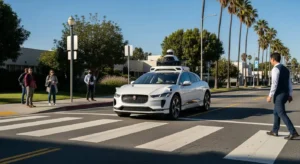
1. Decision-Making Algorithms
One of the most debated ethical concerns is how AVs make decisions in emergency situations. If an AV is faced with the choice of hitting a pedestrian or swerving and potentially causing harm to its occupants, how should it decide what to do? The ethical dilemma involves the question of how an autonomous vehicle’s programming should prioritize human life and safety.
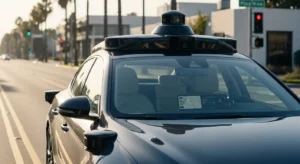
2. Transparency and Accountability
Another key ethical consideration is whether companies are being transparent about the limitations of their AV systems. Consumers and regulators must understand how AVs work and what risks are involved. This includes knowing the vehicle’s abilities to recognize pedestrians in different environments and the software’s limitations in making split-second decisions.
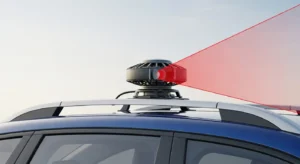
3. Liability and Responsibility
Determining who is ultimately responsible when an AV causes harm to a pedestrian is an ethical question that intersects with legal issues. Is the manufacturer responsible for the technology, or does the burden fall on the pedestrian, the vehicle owner, or another party?
Conclusion
As autonomous vehicles become more commonplace on our roads, the legal challenges surrounding pedestrian accidents involving AVs will continue to evolve. From complex liability issues to insurance challenges, regulators and manufacturers must work together to ensure that AV technology is deployed safely and ethically. As the law catches up with technology, it is essential to prioritize pedestrian safety and establish clear standards for AV developers, vehicle owners, and insurance providers.
